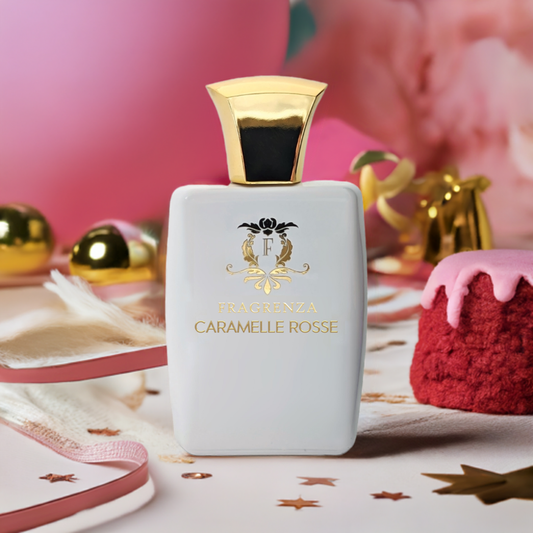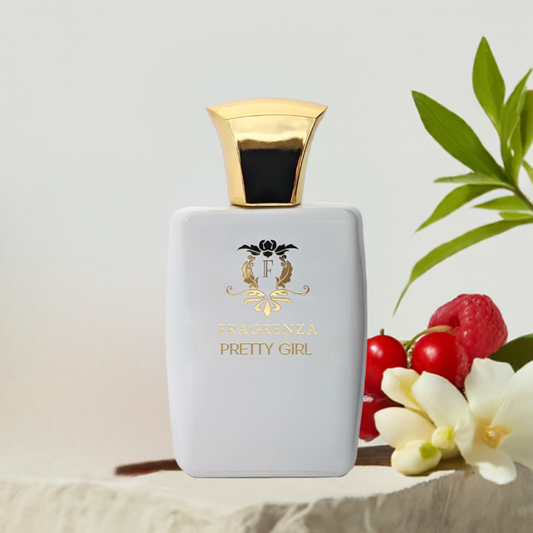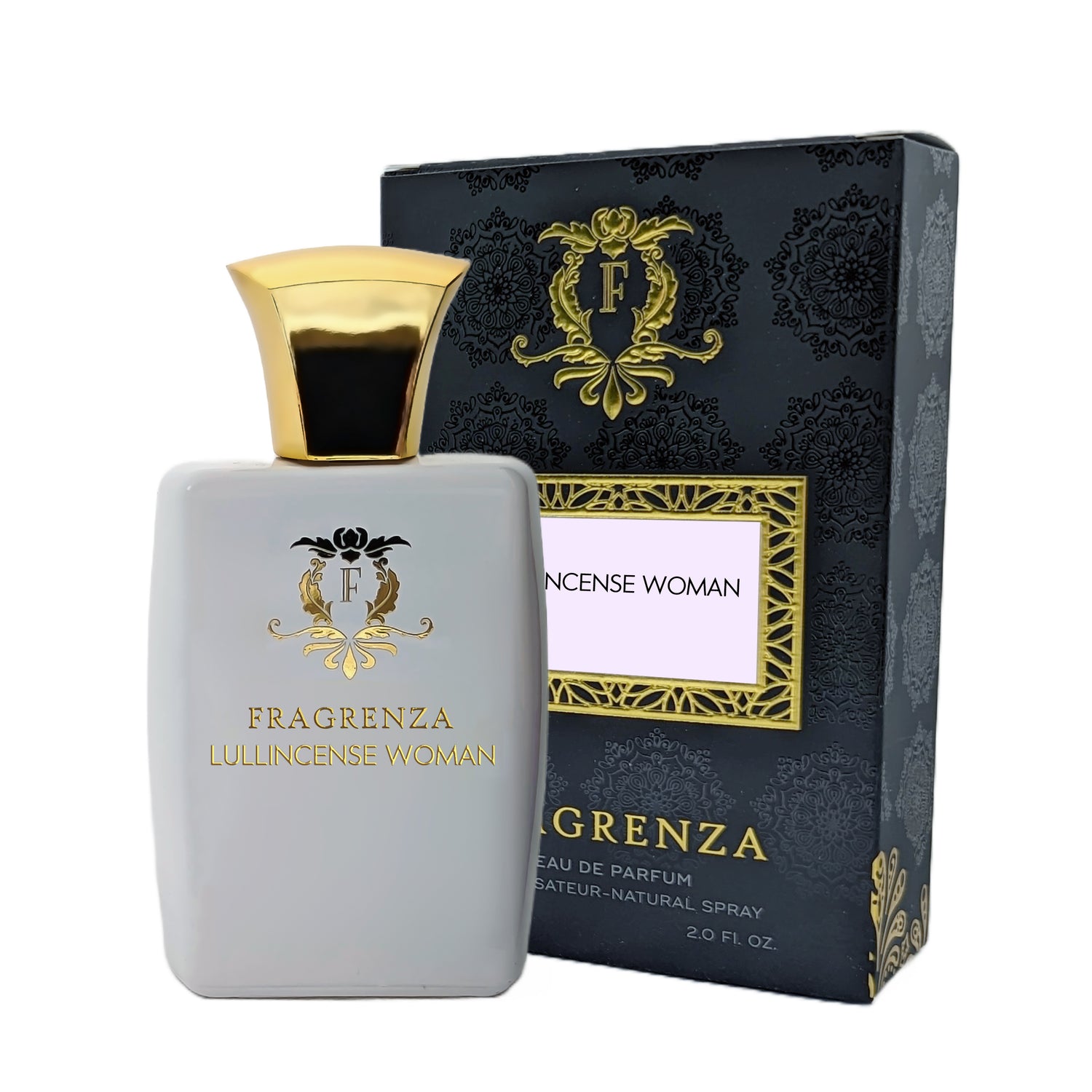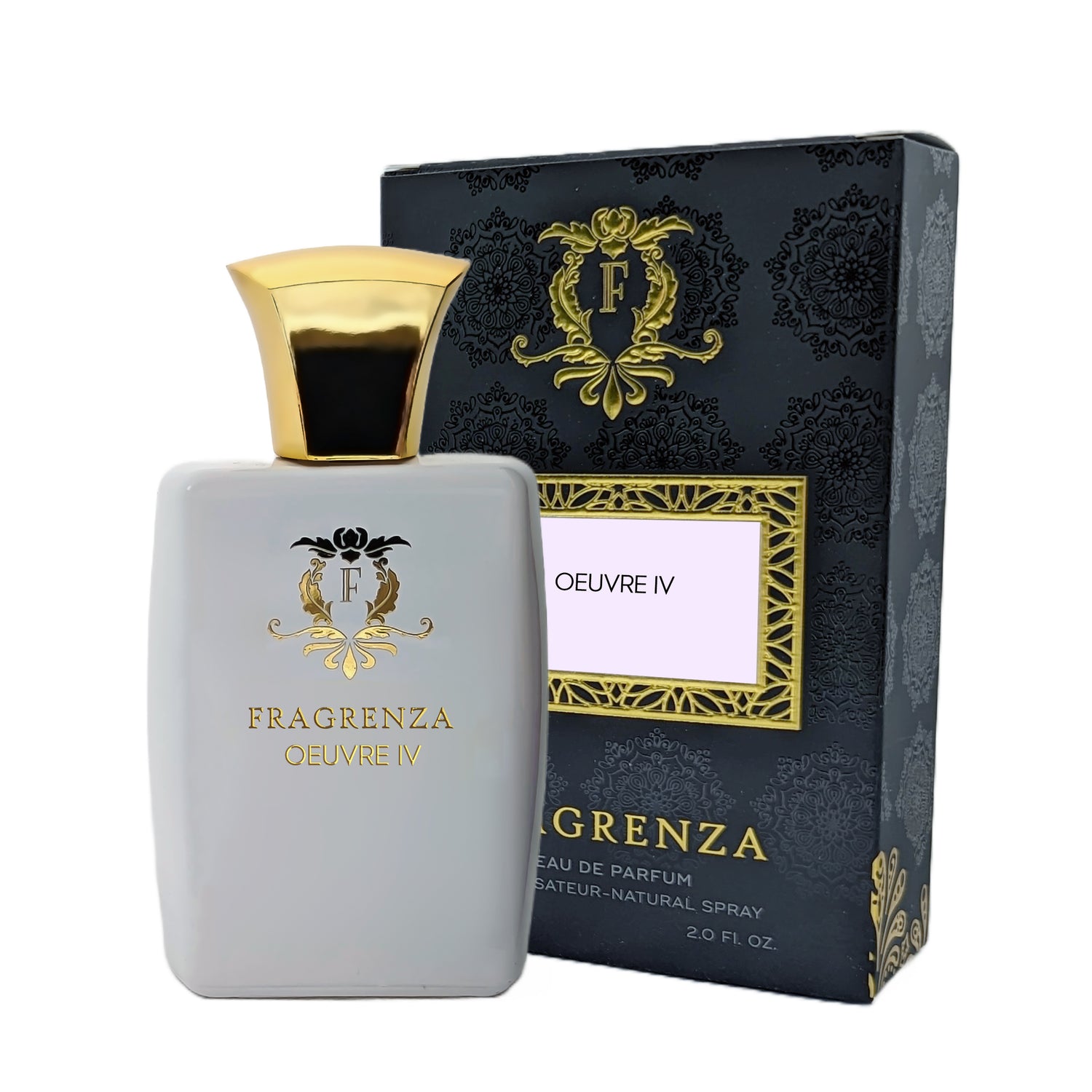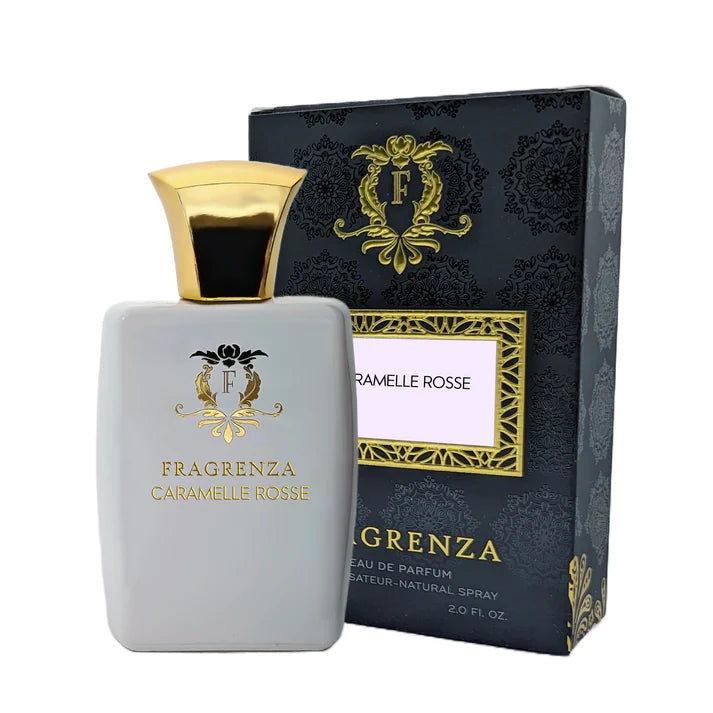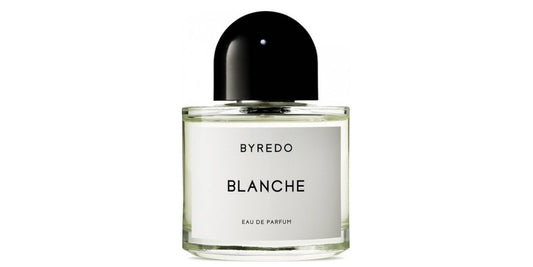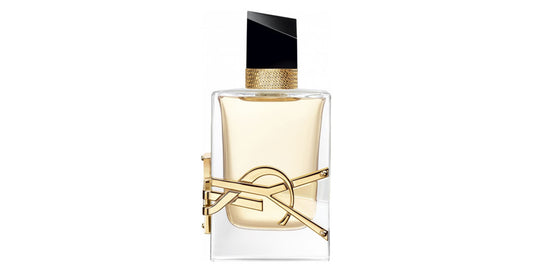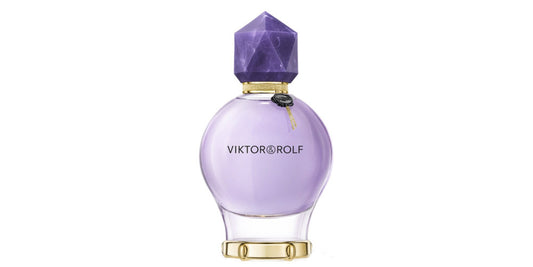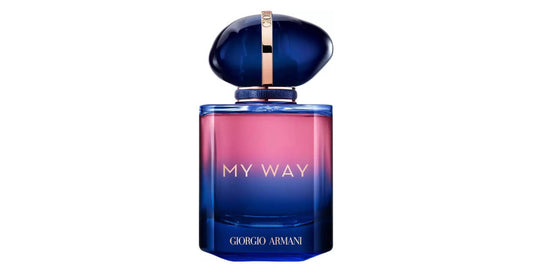Marine note in perfumery
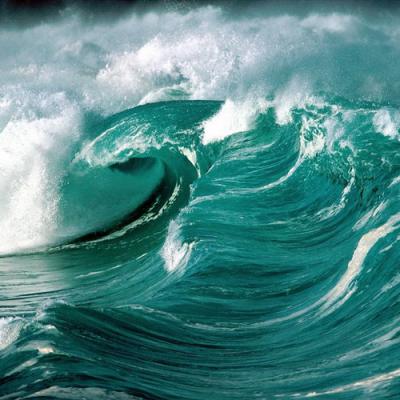
In This Article
Marine notes in perfumery evoke the sensation of the sea, capturing its various elements such as seaweed, sand, iodine, and sea spray. Light and refreshing, these notes appeal to both men and women and are often found in the top notes of fragrances. The popularity of marine notes has grown in recent years, as they align well with the increasing focus on natural and eco-friendly ingredients. Synthetic molecules, such as "calone," are also used to recreate the marine notes, reminiscent of the sea and iodine.
Marine Notes: Notes of the Open Sea
The trend for marine notes is relatively recent, with the synthetic "calone" molecule invented in 1966 and first used in Aramis' "New West" fragrance in 1988. This innovative aquatic fragrance inspired other perfumers to explore marine notes in their creations.
Marine Notes and Their Combinations with Other Fragrances
Marine notes are often combined with floral and sweet notes, as exemplified by Molinard's Vents et Marées perfume. In this fragrance, marine notes are at the heart, accompanied by a floral bouquet of freesia, rose, lily of the valley, and jasmine. The base features sandalwood and tonka bean, lending a delicate woody trail.
Citrus notes are also commonly blended with marine notes to enhance the feeling of freshness. Calvin Klein's Escape for Men is a prime example, with its fruity-citrus opening of melon, mango, and grapefruit. Marine notes appear in the heart note, accompanied by birch leaves, and contrasted by a warm woody base. This ecological fragrance captures the spirit of the 90s.
Marine notes can also be paired with woody and oriental notes to create unique and refreshing fragrances. The smell of the sea, sea spray, and iodine can be achieved using natural ingredients like lotus, blue cypress, or sea fennel, or through the use of synthetic molecules. Marine notes work well with a variety of olfactory families, including floral, fruity, citrus, woody, and oriental.



